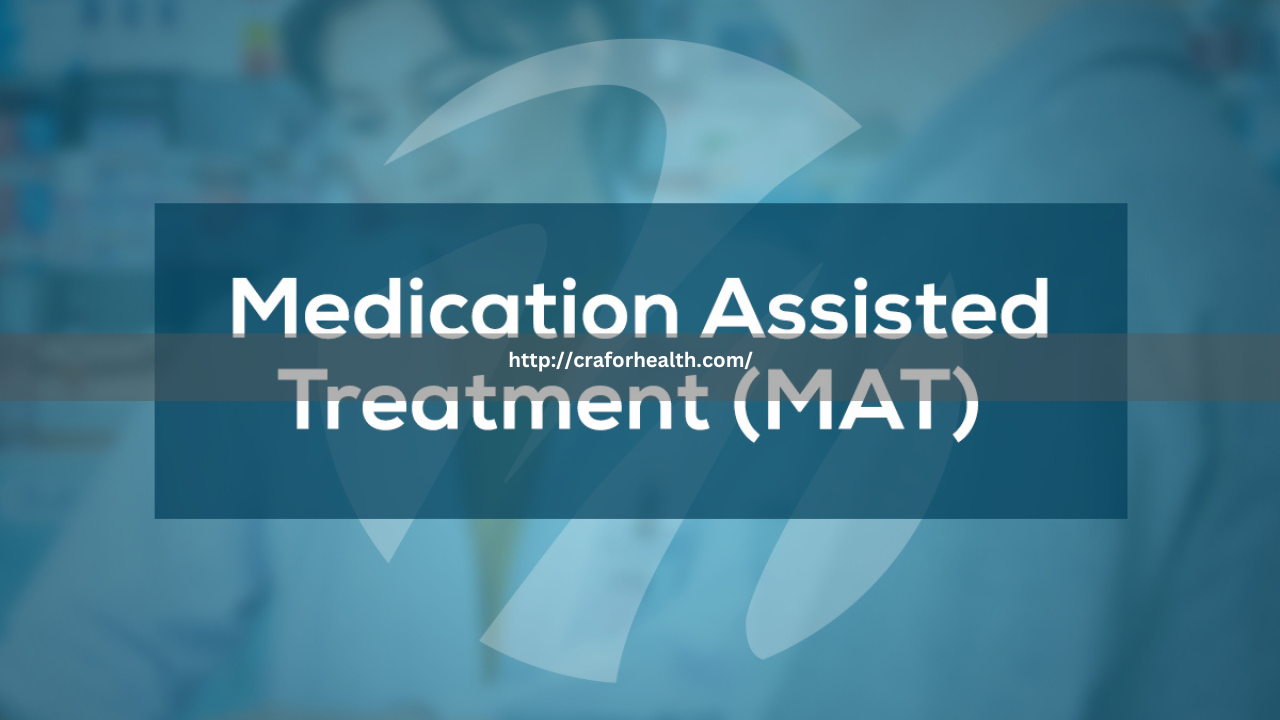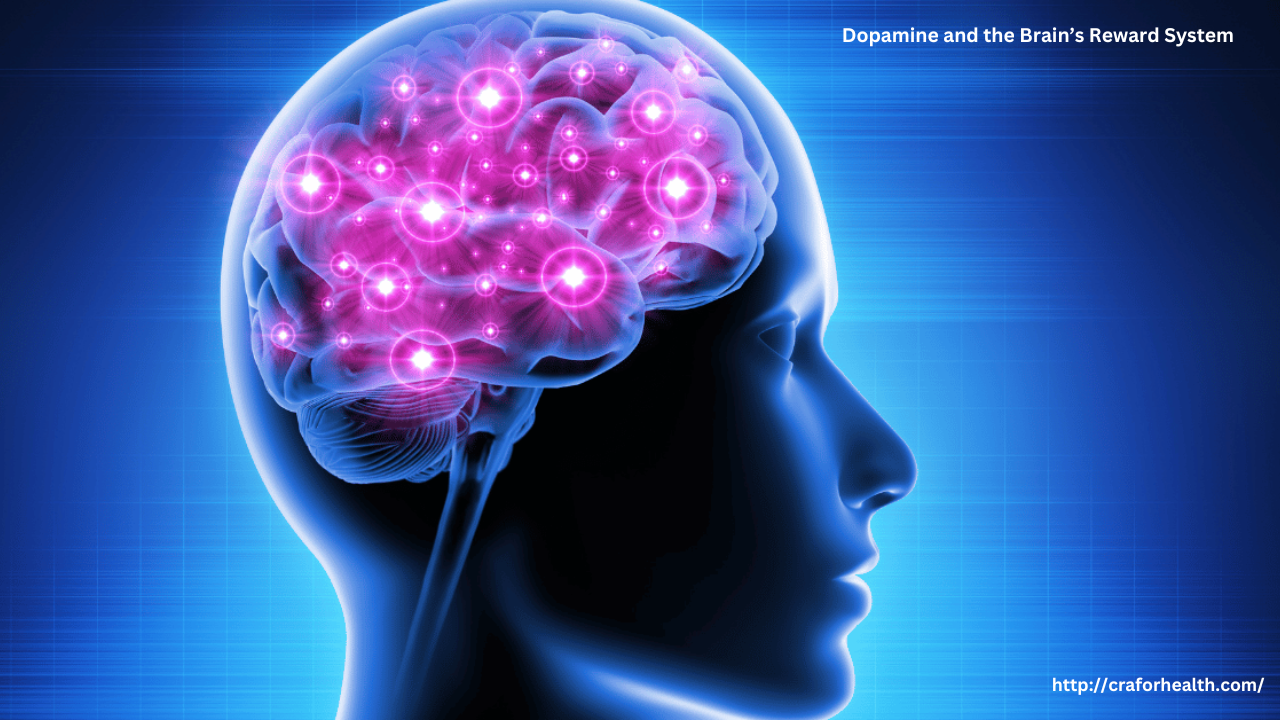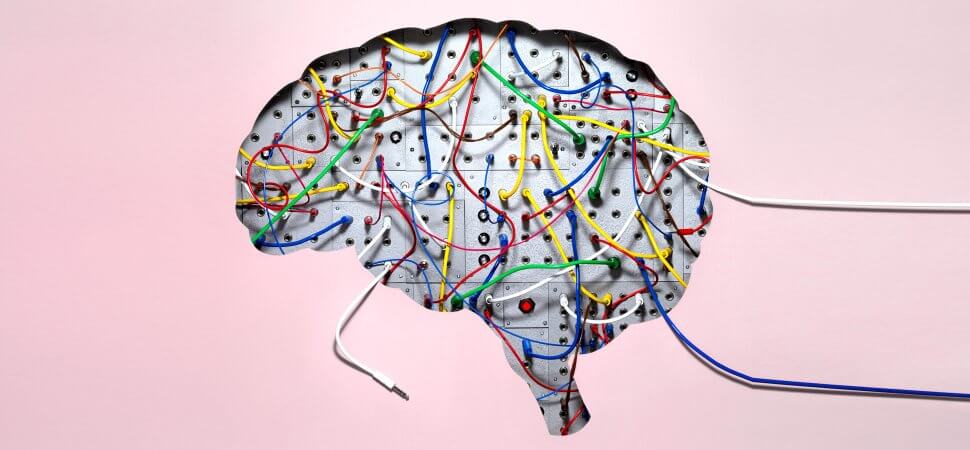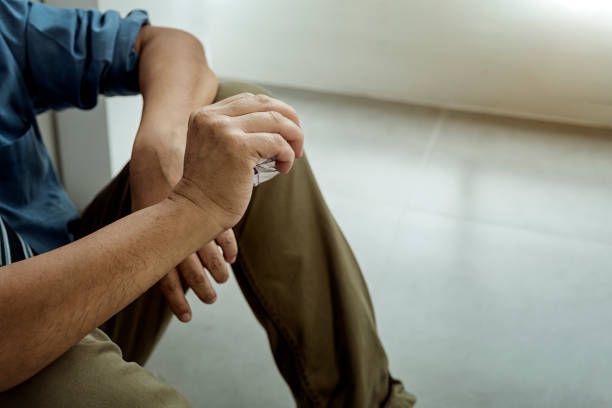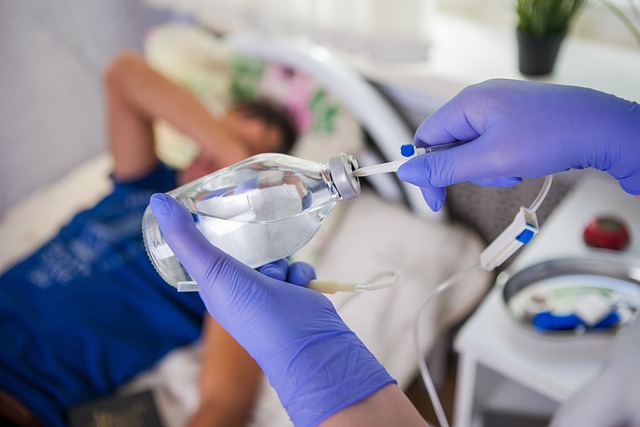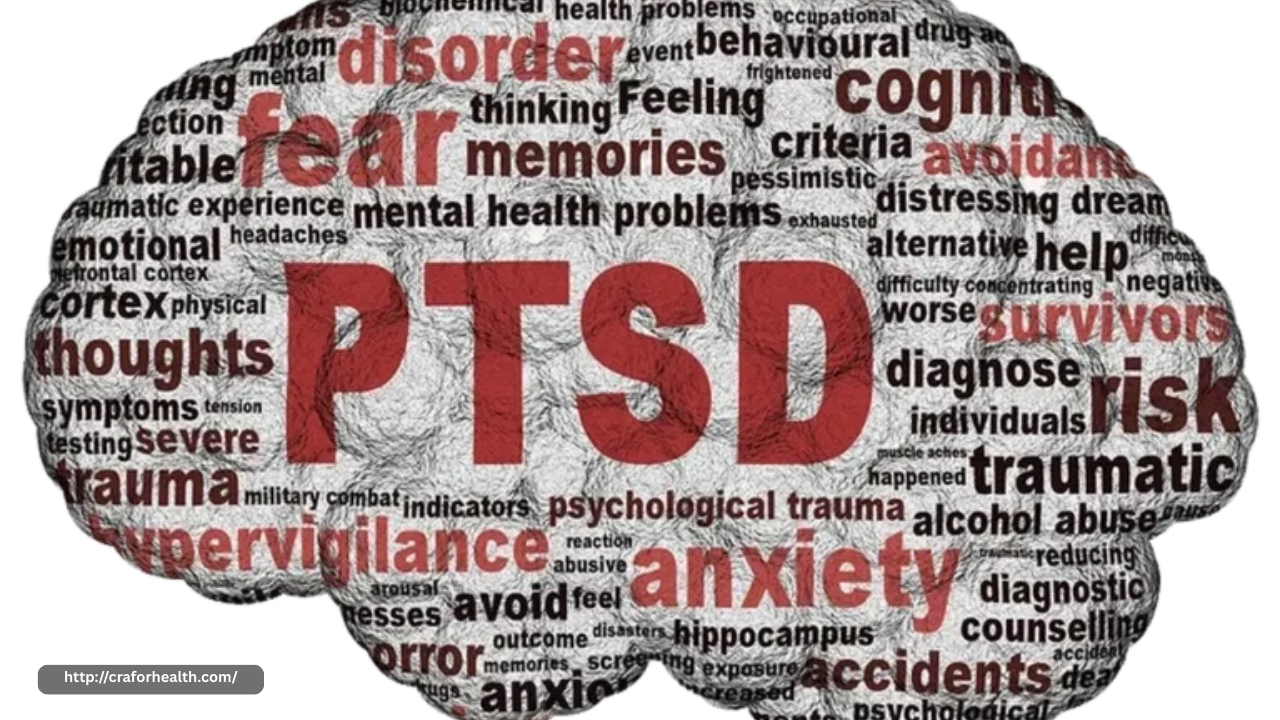 Trauma is a deeply unsettling experience that can have a lasting impact on an individual’s mental and emotional well-being. Post-Traumatic Stress Disorder (PTSD) is a condition that often arises after an individual experiences life-threatening events, such as physical or sexual assault, military combat, or a natural disaster. Unfortunately, for many, trauma is not only a source of psychological suffering but also a gateway to substance use disorders (SUDs). The link between PTSD and addiction is complex, with each condition often exacerbating the other, creating a cycle that can be difficult to break.
Trauma is a deeply unsettling experience that can have a lasting impact on an individual’s mental and emotional well-being. Post-Traumatic Stress Disorder (PTSD) is a condition that often arises after an individual experiences life-threatening events, such as physical or sexual assault, military combat, or a natural disaster. Unfortunately, for many, trauma is not only a source of psychological suffering but also a gateway to substance use disorders (SUDs). The link between PTSD and addiction is complex, with each condition often exacerbating the other, creating a cycle that can be difficult to break.
The Trauma-Addiction Cycle
The relationship between PTSD and substance use disorders is often one of self-medication. When individuals experience trauma, they may struggle with overwhelming emotions such as anxiety, depression, anger, or guilt. The intense emotional pain caused by PTSD can be so debilitating that individuals seek relief from these feelings through substances like alcohol, opioids, or stimulants. This pattern of using substances to cope with emotional distress is a hallmark of addiction.
Substances may initially provide temporary relief, numbing negative emotions and offering a sense of control over intrusive memories or distressing flashbacks. However, this relief is short-lived, and over time, individuals may become more reliant on substances to manage their symptoms. As tolerance develops, individuals need more of the substance to achieve the same effect, leading to dependence and further entrenching the cycle of addiction.
Unfortunately, substance use exacerbates the symptoms of PTSD. Drugs and alcohol can impair cognitive functioning, making it harder for individuals to process their trauma or engage in healthy coping strategies. The resulting emotional instability, coupled with physical dependence, creates a vicious cycle that is difficult to escape without professional intervention.
How Trauma Contributes to Addiction
1. Coping Mechanism
Trauma survivors may turn to substances as a way of managing painful memories or emotional states. Alcohol or drugs can provide a temporary escape from nightmares, flashbacks, and intense feelings of helplessness or fear. This coping mechanism becomes ingrained, and the individual begins to associate substance use with relief from trauma-related distress.
2. Neurological Impact
Trauma, especially repeated or severe trauma, can alter brain structures responsible for emotional regulation, memory, and stress response. These changes can make individuals more vulnerable to developing substance use disorders. For example, the amygdala, which is involved in processing emotions, may become overactive in individuals with PTSD, while the prefrontal cortex, which helps regulate emotions and make rational decisions, may be underactive. These imbalances can drive impulsive behavior, such as turning to substances to cope with overwhelming emotions.
3. Social and Environmental Factors
The experience of trauma can also increase vulnerability to addiction due to social and environmental factors. Trauma survivors may experience difficulties in relationships, face stigma, or find themselves in environments where substance use is prevalent. These external pressures can further push individuals toward substance use as a means of coping with their emotional pain and social challenges.
Treatment Approaches for Co-occurring PTSD and Addiction
The presence of both PTSD and substance use disorders requires a specialized treatment approach known as integrated care. Treating one condition without addressing the other can lead to relapse and ongoing suffering. Effective treatment typically involves a combination of therapy, medication, and support:
-
Trauma-Focused Therapy: Techniques like Cognitive Behavioral Therapy (CBT) and Prolonged Exposure Therapy help individuals process trauma in a safe environment and learn healthier ways of coping with triggers.
-
Medication-Assisted Treatment (MAT): Medications such as SSRIs (Selective Serotonin Reuptake Inhibitors) for PTSD and methadone or buprenorphine for opioid addiction can help manage symptoms and reduce cravings.
-
Support Groups: Group therapy or programs like 12-step programs and Trauma Recovery and Empowerment (TREM) can provide peer support for individuals dealing with both PTSD and addiction.
Conclusion
The link between PTSD and substance use disorders is undeniable, with each condition fueling the other. For many individuals, addiction is a way of coping with trauma, but this cycle only deepens emotional suffering and prolongs recovery. Understanding the complex relationship between trauma and addiction is essential for developing effective treatment plans that address both conditions simultaneously. With the right therapeutic interventions, individuals can break free from the cycle of trauma and addiction, finding healing, stability, and long-term recovery.
